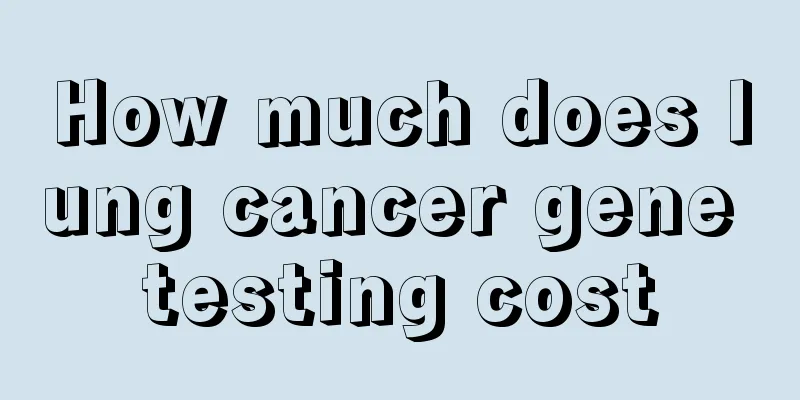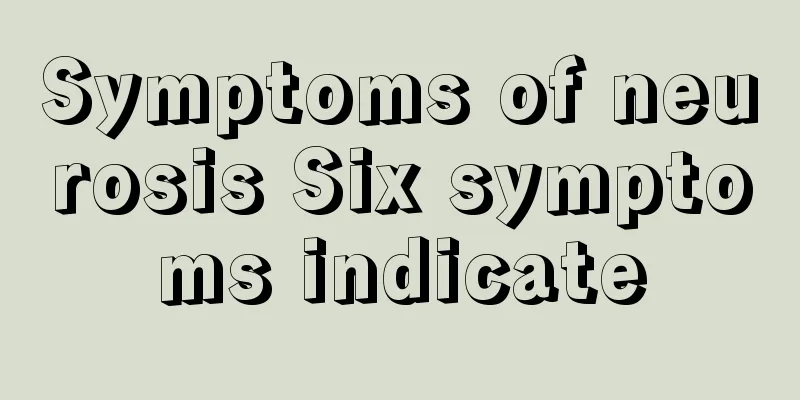What is the disease of bilateral inferior turbinate hypertrophy and is it serious?

|
If chronic nasal inflammation is not treated well, it can easily lead to hypertrophy of the inferior turbinate. Once bilateral inferior turbinate hypertrophy occurs, it will have a serious impact on the patient's life and body. However, because this disease is not common, many patients do not know what bilateral inferior turbinate hypertrophy is and whether its harm is serious when they learn that they have it. In response to this phenomenon, this article will give a detailed introduction to bilateral inferior turbinate hypertrophy. Clinical manifestations of bilateral inferior turbinate hypertrophy 1. Severe nasal congestion, often persistent, with frequent mouth breathing and decreased sense of smell. (ii) The nasal discharge is thick and often mucous or mucopurulent. (3) When the enlarged middle turbinate compresses the nasal septum, it can cause compression or inflammation of the anterior ethmoid nerve, which is derived from the ophthalmic branch of the trigeminal nerve. This can cause irregular attacks of frontal pain that radiates to the bridge of the nose and eye sockets. This is called anterior ethmoid neuralgia, also known as anterior ethmoid nerve syndrome. The dangers of bilateral inferior turbinate hypertrophy 1. If nasal concha hypertrophy is not treated in time, symptoms such as headache, dizziness, memory loss, chest pain, chest tightness, and mental depression may occur. 2. It will cause nasal obstruction. When the enlargement of the inferior turbinate affects the physiological function of the nasal cavity, breathing disorders will occur, causing a decrease in blood oxygen concentration, and affecting the function and metabolism of other tissues and organs. 3. It can cause nasal ventilation obstruction, resulting in symptoms such as nasal congestion, headache, dizziness, and in severe cases, complications such as sinusitis may occur. 4. When the enlarged middle turbinate compresses the nasal septum, it can cause compression or inflammation of the anterior ethmoid nerve derived from the ophthalmic branch of the trigeminal nerve, resulting in irregular attacks of frontal pain that radiates to the bridge of the nose and eye sockets. 5. When nasal concha hypertrophy is not treated in time and affects the olfactory mucosa, olfactory disorders will occur, resulting in the inability to smell fragrance or odors. This article introduces the symptoms and hazards of the disease, allowing you to understand in detail whether bilateral inferior turbinate hypertrophy is serious. In addition, for the treatment of this disease, in addition to the common clinical drug treatment methods, a relatively effective method is surgical treatment. However, some discomfort symptoms may occur after surgical treatment, so it is recommended that patients adopt conservative treatment plans. |
<<: What should I pay attention to after varicose vein surgery
>>: Advantages of minimally invasive surgery for varicose veins and postoperative care methods
Recommend
What is bone marrow
Bone marrow is a relatively important component o...
Precautions for intravenous calcium injection
Intravenous calcium injection is commonly used in...
What causes bulging eyes? What are the disease factors?
Protruding eyeballs can have a great impact on us...
What to eat when platelet count is low, can help restore to normal
Platelets are very important in the human body. T...
What are the anti-liver cancer drugs
There are many types of anti-liver cancer drugs, ...
My back feels cold after sleeping at night
Some people feel a chill on their backs when they...
The efficacy of enema detoxification therapy
Detoxification of the body is a very important th...
What's wrong with blue eyes
We usually see people with black eyes, and occasi...
How long can a 20-year-old with testicular cancer live
With timely treatment of testicular cancer and st...
How is glioma inherited
For almost everyone, having themselves or their f...
Can nasopharyngeal cancer be cured by taking medicine?
Nasopharyngeal carcinoma is a terrible disease. T...
How much does colon cancer surgery cost?
Colon cancer is one of the most serious cancers t...
Which hospitals treat fibroids?
What are the hospitals that treat fibroids? Nowad...
Will osteosarcoma recur later after recovery?
With the development of society, people's und...
The disadvantages of using goat milk soap
In daily life, we usually use a lot of skin care ...









